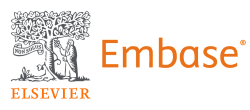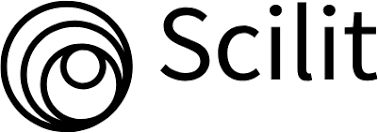Highlights
About the Journal
Asian Journal of Medical Research and Health Sciences (A-JMRHS) e-ISSN: 2583-7761 Journal indexed in following major databases; are embedded with respective links. Go to the Indexed in page for more indexing information
Indexed in:
EMBASE (Excerpta Medica Data base), SHERPA Romeo, Google Scholar, Creative Commons (CC), ROAD (Directory of Open Access Scholarly Resources). PKP Index & Crossref
AJMRHS is an international, peer-reviewed, open-access journal dedicated to advancing knowledge in medicine and healthcare. It welcomes original research, comprehensive reviews, and scholarly articles that highlight recent developments in both clinical and basic medical sciences. Special emphasis is placed on areas such as epidemiology, translational medicine, traditional Chinese medicine, public health, healthcare systems, and health policy. Every manuscript submitted undergoes a meticulous peer-review and editorial evaluation to ensure originality, scientific rigor, and relevance.
A-JMRHS serves as a global platform for medical practitioners, researchers, and policymakers to foster dialogue, exchange experiences, and share progress in fields ranging from disease prevention and treatment strategies to healthcare reform and policy-making. By facilitating communication across borders, the journal plays a vital role in promoting better health outcomes and enhancing healthcare delivery worldwide.
The journal accepts manuscripts in the following forms:
- Original research articles
- Reviews
- Case reports
- Short communications
- Letters to editor
- Discussion papers
- Clinical Experience
- Clinicopathological correlation Book reviews and
- "How to do it" type articles describing new methods or procedures.
Journal Summary
- Editor-In-Chief: Dr. A.R. Teja, MD
- Title proper: Asian Journal of Medical Research & Health Sciences (A-JMRHS)
- ISSN: 2583-7761
- Subject: Medical sciences and Health Sciences
- Publisher: MedicoLegal Publications
- Dates of publication: 2023
- Frequency: 3 issues per year
- Language: English
- Country: India
- Medium: Electronic Version
- Open Access: Yes
- Licensing: CC BY-NC-SA 4.0
- Indexed by: CROSSREF
- Indexed by: ROAD
- Indexed by: THE KEEPERS
- Title DOI of the Journal: https://doi.org/10.65601/a-jmrhs
- ORCiD ID: https://orcid.org/0009-0009-
4949-0104 - Contact: editorajmrhs@gmail.com
- Important Tools: English Grammar Checker Plagiarism Checking Proofreading
Journal Insights
e-ISSN: 2583-7761
Publishing Timeline: |Time to First Decision: 1 Month| Time to Final Decision: 2 Months| Publication Time: 2 Months|
Acceptance Rate: 28%



















